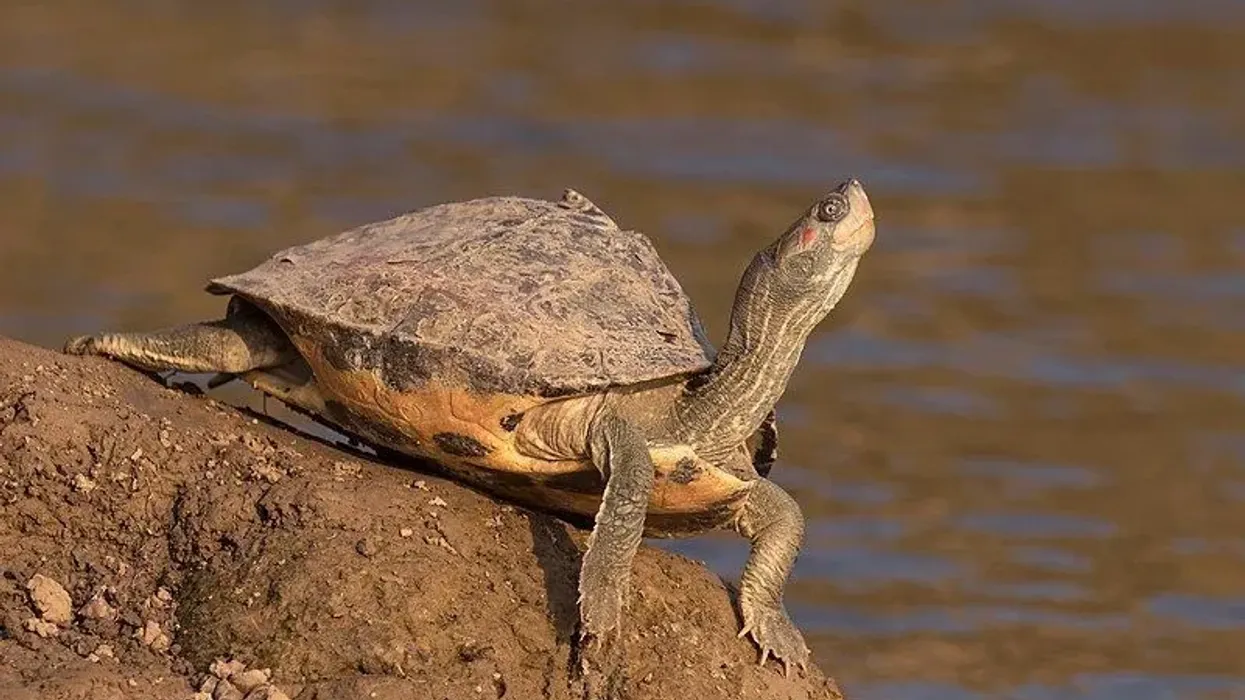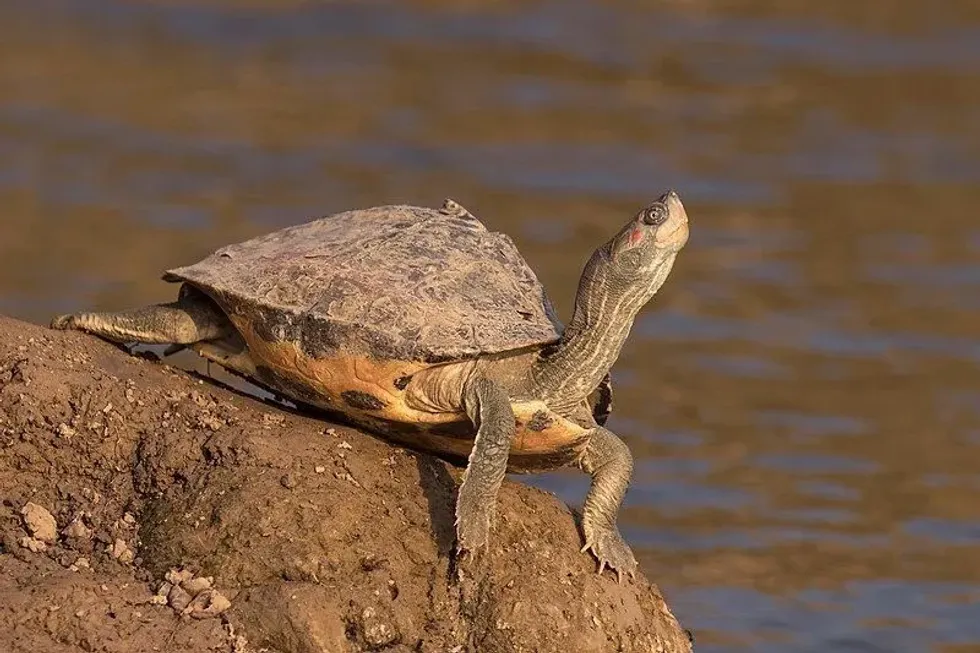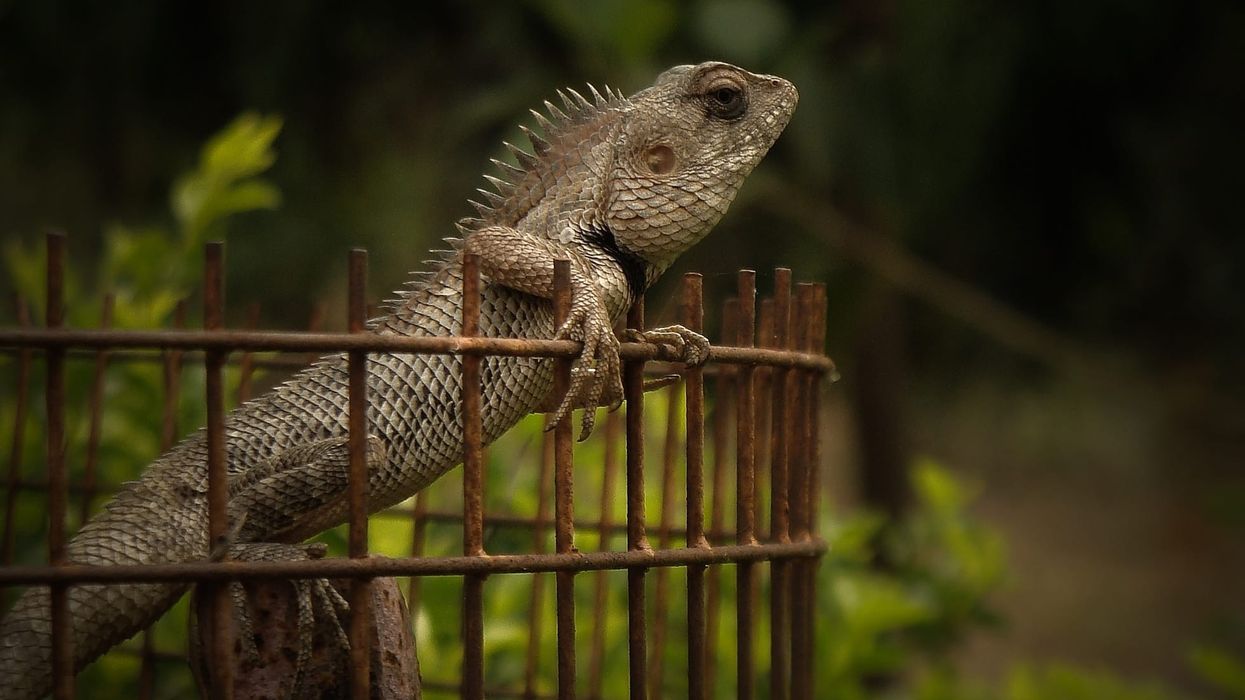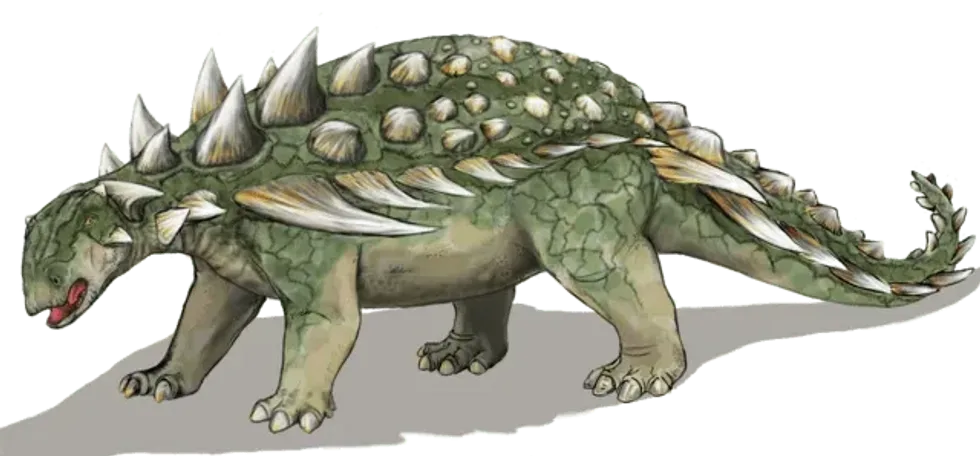If you are on the search for a calm and small turtle species as a pet within the Indian subcontinent, the Indian tent turtle is the one you should be looking at. Found in different places around the subcontinent, the Indian tent turtle name is due to their tent-shaped humps on the keel.
The scientific name of the species is Pangshura tentoria and the species can be divided into three further subspecies. They are the Pangshura tentoria tentoria, the Pangshura tentoria circumdata, and the Pangshura tentoria flaviventer.
Due to their large occurrence in the Indian subcontinent, the Indian tent turtle has been described as a Least Concern species. However, due to the turtle being part of the pet trade, there have been some illegal practices regarding this turtle species.
Now, if you want to read and search for more facts about this species, you can easily scroll down to do so. For more information on other tortoises and turtles, you can visit map turtle and mata mata turtle.
Indian Tent Turtle Interesting Facts
What type of animal is an Indian tent turtle?
Indian tent turtle (Pangshura tentoria) is a species of turtle that is found in the Indian subcontinent. and is quite similar to the Indian roofed turtle.
What class of animal does an Indian tent turtle belong to?
The Indian tent turtle belongs to the class of Reptilia or reptiles. These animals are part of the Geoemydidae family and the genus Pangshura.
Interestingly, the Indian tent turtle has a plethora of different scientific names attached to it like the Clemmys tentoria (Strauch, 1862), Cuchoa tentoria (Gray, 1870), Kachuga intermedia (Boulenger, 1889), and others. However, the most commonly used scientific name for the Indian tent turtle is Pangshura tentoria (Gray, 1834).
How many Indian tent turtles are there in the world?
Despite the Indian tent turtle (Pamgshura tentoria) not facing a lot of conservation-related threats, we are not really sure about the total population of these turtles in the wild. Plus, the Indian tent turtle is also a popular choice as a pet for many people and thus there may be a lot more of such domesticated turtles around India.
Where do Indian tent turtles live?
The Indian tent turtle (Pangshura tentoria) is a species of turtle that is limited to the habitat range in the Indian subcontinent. For the Indian tent turtle location, we can spot them in the freshwater river and swamp habitats in India, Bangladesh, and Nepal.
In India, they are generally observed in the regions of northern and central India, while for Nepal, they are seen in the south side of the country. Western Bangladesh is also known to have a significant population of the species.
What is an Indian tent turtle's habitat?
Inhabiting the northern and central parts of India primarily, the Indian tent turtle (Pangshura tentoria) has varied habitat ranges. The Indian tent turtle habitat is mainly made up of freshwater river systems and tributaries, along with swamps and areas with a source of water.
When you breed them as pets, they need a really big pond or a tank with ample water in it.
These turtles can be seen basking in the banks of rivers like the Ganges and its tributaries, Brahmaputra, Mahanadi, Krishna, and Kaveri. Being diurnal animals, they are quite common on the side of the river where the water speed is a bit on the slower side.
Who do Indian tent turtles live with?
While we do not really know whether the Indian tent turtles are solitary or social creatures in the wild, we can infer a few things from a closely related species, the Indian roofed turtle. Usually, the Indian roofed turtles are solitary in nature and we can assume that this behavior is also reflected in the Indian tent turtle adaptation.
Males and females of the species have only been observed to get together during breeding.
How long do Indian tent turtles live?
The life span or the life expectancy of these turtles from the Asian continent has been reported to be around 10 - 15 years. They may also lead a longer life if they are taken proper care of when domesticated. In comparison, the life cycle of the hawksbill sea turtle can well exceed 30 years.
How do they reproduce?
The breeding between males and females of this Asian species is quite interesting. There are some sources that report that the males have a ritual where they are accepted by females if performed well.
In this ritual, the male turtle circles the female by swimming around them. Females of these species have oviparous reproduction, with the breeding period starting in October and ending sometime in March. Roofed turtles also have a similar breeding period from October to March.
Many sources have claimed that the Indian tent turtles have can lay two clutches in a year. Each clutch contains around three to 10 Indian tent turtle eggs.
Now, after the reproduction is over, females bury their eggs in the soft substrate burrows of the water body it inhabits. It has been noted that the eggs of this species of turtles are elongated in size and white.
What is their conservation status?
These turtles that have their distribution spread across the water bodies of central and northern India are far behind on the conservation threat scales. According to the International Union For Conservation Of Nature, Pangshura tentoria have been classified as Least Concern. Thus, for the Indian tent turtle, endangered isn't the word we should use.
Indian Tent Turtle Fun Facts
What do Indian tent turtles look like?
The appearance of Indian tent turtles can vary significantly in reference to their body coloration, and band marks on their shell or carapace. The color variations in this turtle species range from black and yellow marks on their heads and red-pink band marks on the brown-green carapace.
Sometimes, this red-pink mark is also the reason why the species is called by the name Indian pink-ringed tent turtle.
Behind their eyes, they have a few red dots which act as a significant identity symbol to make others stand out from the other species. Different subspecies of this turtle have different types of yellow markings and black blotches on them.
The brown-olive keel on the back has a hump that kind of resembles a tent and is the reason behind their name. These aquatic animals also have tails. Females are bigger than males even though males have longer and thicker tails. Apart from the longer and thicker tails, males have also been observed to be more brightly colored.

How cute are they?
This small-sized turtle with its unique tent-shaped keel can be found cute by a lot of people. The way they sleep when they are basking in the sun is quite adorable too.
How do they communicate?
Unfortunately, not much information is given regarding how these turtles communicate except for the fact that they have displays that help them mate during the breeding period.
How big are Indian tent turtles?
The aquatic Indian tent turtle is quite small in size. These species can grow up to a length of around 5 - 12 in (12 to 30 cm), with females being bigger than males. In comparison, the giant tortoise is almost 5 - 6 times their size.
How fast can Indian tent turtles move?
Again, there is very little information available on the speed of movement for the Indian tent turtle.
How much do Indian tent turtles weigh?
The average Indian tent turtle can weigh up to approx. 5.9 lb (2.6 kg). With respect to their weight, the Aldabra giant tortoise is almost 100 times heavier. Fascinating, right?
What are the male and female names of the species?
The male and the female of this species have no distinct names. They are simply known as an Indian tent turtle male and an Indian tent turtle female.
What would you call a baby Indian tent turtle?
Indian tent turtle babies can be referred to as hatchlings.
What do they eat?
Even though this species is primarily omnivorous, it is usually the younger turtles that can actually feed on aquatic animals like shrimps and on insects like crickets. These small insects and aquatic creatures are also the best choices when keeping them as pets.
Are they dangerous?
No, these creatures are not dangerous at all.
Would they make a good pet?
As keeping this species as pets is legal in India, there is a flourishing practice of keeping them as pets. However, the Indian tent turtle needs a large pond or a tank with enough water to live properly.
The water in the tank or pond must be regularly cleaned too. Basking is an important part of their routine and so the indoor pond or enclosure must have a platform for basking. Apart from this, make sure that your pet is sufficiently fed to meets its needs.
Did you know...
A maximum number of observations have stated that the Indian tent turtles turn to aquatic plants and become herbivorous. Among the aquatic plants, these turtles usually feed on water hyacinth, water lettuce, and water crass. Other plants that are part of their diet are kales and various leafy greens.
What is the difference between an Indian Tent Turtle and an Indian Roofed Turtle?
There are plenty of differences between these two species of turtles. They can be identified from the shape of their keel.
Even if that doesn't help, the different types of red marks behind the eyes work as a way to differentiating the two species.
Apart from that, the Indian tent and Indian roofed turtles can be separated as two species due to the absence of black coloration on the former and the presence of black coloration on the head and back of the latter.
Are Indian Tent Turtles endangered?
No, Indian tent turtles are quite common and are not endangered.
Here at Kidadl, we have carefully created lots of interesting family-friendly animal facts for everyone to discover! For more relatable content, check out these African spurred tortoise facts and common snapping facts for kids.
You can even occupy yourself at home by coloring in one of our free printable Indian tent turtle coloring pages.
Image one by Charles J. Sharp
Image two by Hari arcw









